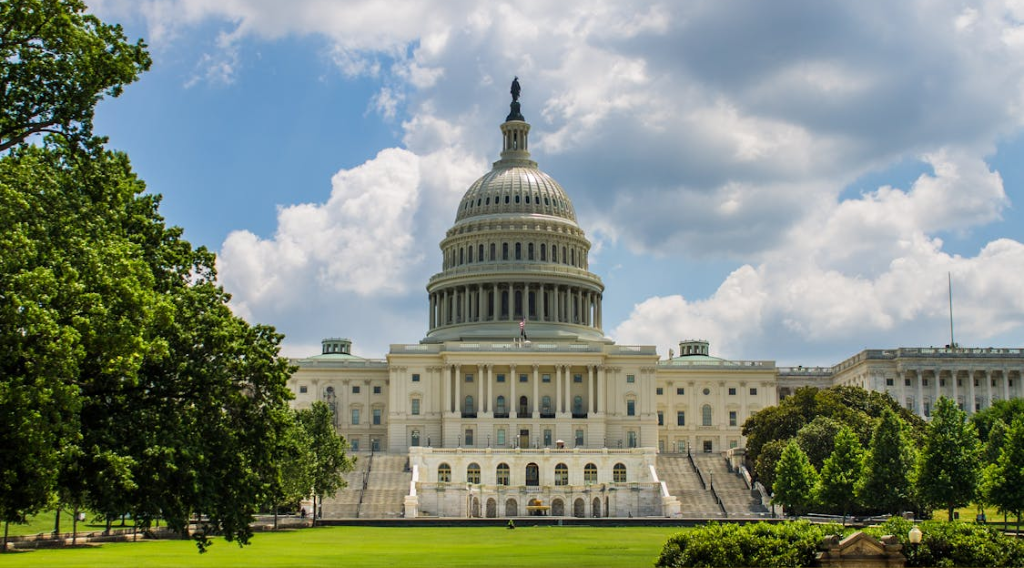 The Bipartisan Policy Center and Great Plains Institute hosted a regional workshop, “The Final Clean Power Plan: Understanding the Options for the Midcontinent,” in Little Rock, AR, on October 19 to discuss compliance options under the Environmental Protection Agency’s (EPA) Clean Power Plan. The workshop was the second in a series of stakeholder workshops in the midcontinent focused on implementing the Clean Power Plan. The event brought together state officials and stakeholders from the region, including those participating in the Midcontinent States Environmental and Energy Regulators group and the Midwestern Power Sector Collaborative.
The Bipartisan Policy Center and Great Plains Institute hosted a regional workshop, “The Final Clean Power Plan: Understanding the Options for the Midcontinent,” in Little Rock, AR, on October 19 to discuss compliance options under the Environmental Protection Agency’s (EPA) Clean Power Plan. The workshop was the second in a series of stakeholder workshops in the midcontinent focused on implementing the Clean Power Plan. The event brought together state officials and stakeholders from the region, including those participating in the Midcontinent States Environmental and Energy Regulators group and the Midwestern Power Sector Collaborative.
The workshop consisted of three panel discussions, each of which focused on a different aspect of the final rule. Panelists represented a range of interests and provided meaningful insight about issues to consider in developing state plans. While not all meeting participants supported the EPA’s regulation, they nonetheless came together to plan ahead and consider different implementation pathways. Federal Energy Regulatory Commission Commissioner Colette Honorable gave the keynote address, in which she reiterated the importance of states being prepared and working together. You can see video here.
Panel I
The first panel evaluated EPA’s proposed model trading rules in mass- and rate-based systems. Nancy Lange from the Minnesota Public Utilities Commission moderated the panel, which included Andy Kellen from WPPI Energy, Scott Weaver from American Electric Power, Pam Kiely from the Environmental Defense Fund, and Sandra Byrd from the Arkansas Electric Cooperative Corporation. The panelists spent a lot of time considering the benefits and drawbacks of rate- and mass-based approaches. Several panelists mentioned that a state’s choice of rate versus mass depends on what other states choose, but they agreed that a larger regional market and having a diverse energy mix would lower costs. The panelists also briefly discussed allocation approaches in the mass-based model rule. One panelist noted that state regulators could use the comment process to encourage EPA to flesh out remaining uncertainties of the model rule. You can see video here.
Panel II
The second panel focused on how state plan design choices might affect wholesale electricity markets and retail rates. Ted Thomas from the Arkansas Public Service Commission moderated the panel, which included Kari Evans Bennett from the Midcontinent Independent System Operator, Paul Sotkiewicz from PJM Interconnection, BPC senior advisor Jennifer Macedonia, and Jim Hunter from the International Brotherhood of Electrical Workers. The panel discussed a variety of topics including electric reliability and how a multistate emissions trading approach would interact with wholesale electricity markets and retain the benefits of regional transmission organizations. The panel considered the relative strengths of rate- vs. mass-based trading in terms of providing a transparent, predictable market signal to lead to lowest cost implementation. In addition, the discussion explored potential electricity rate impacts, including from different allocation options. Panelists reiterated some of the sentiments expressed in the first panel– namely, that a wide regional trading market and diverse energy portfolio allows access to more opportunities to reduce compliance costs. You can see video here.
Panel III
The third panel investigated the impact of pathways and design options on greenhouse gas reduction strategies and investment in renewables, end-use energy efficiency, natural gas, nuclear energy, and carbon capture utilization and storage. Vince Hellwig from the Michigan Agency for Energy moderated the panel, which included Roxanne Brown from the United Steelworkers, Nathaniel Baer from the Iowa Environmental Council, and Derek Furstenwerth from Calpine Corporation. Panelists discussed the importance of incentivizing energy efficiency in rate- vs. mass-based approaches, and the role that complementary policies and allowance allocations might play. The panel also explored the potential for states to use allowance allocations to address a variety of objectives, including mitigating impacts on energy intensive trade-exposed industries and labor. Finally, the panel touched on specific considerations relevant to renewable energy, such as treatment of purchase power agreements and natural gas, including infrastructure needs and fuel price risk. You can see video here.


